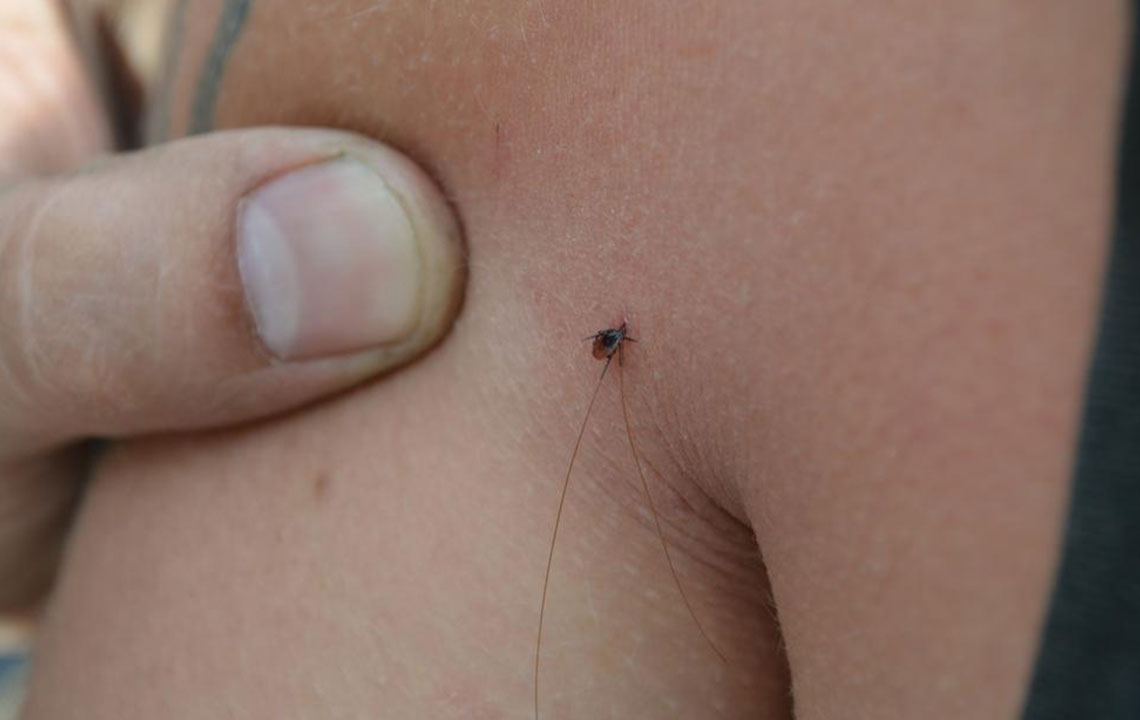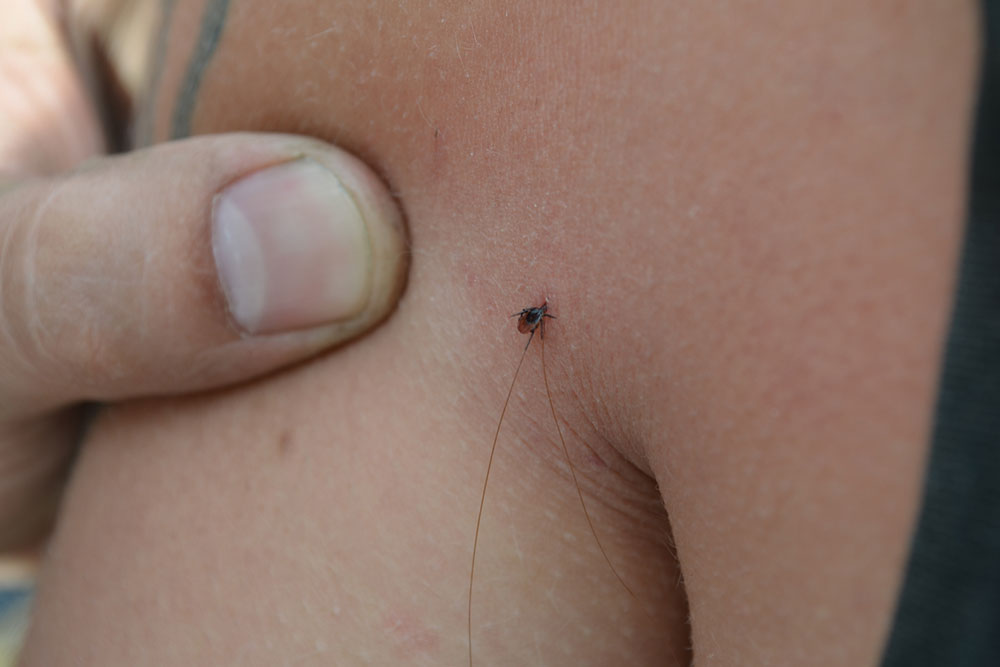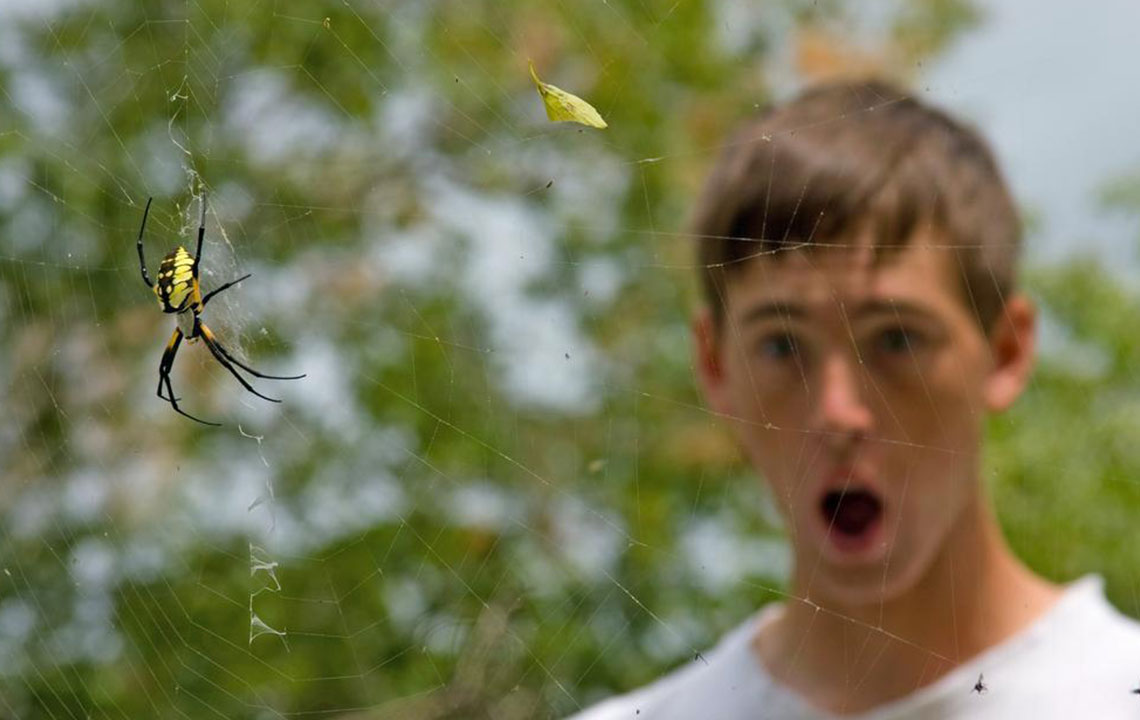Comprehensive Guide to Identifying and Treating Spider Bites Effectively
This comprehensive guide covers how to recognize different types of spider bites, from harmless to dangerous species. It highlights symptoms, home treatment options, and critical advice on when to seek professional medical help. Learning about spider behavior and identification techniques can improve safety during outdoor activities or around the home. Early intervention and proper wound care can prevent complications and ensure quick recovery, making this guide an essential resource for both homeowners and outdoor enthusiasts to handle spider bites confidently and safely.

Comprehensive Guide to Identifying and Treating Spider Bites Effectively
Spider bites are a common concern for many homeowners and outdoor enthusiasts alike. While most spiders are harmless and tend to avoid human contact, understanding how to recognize and properly treat bites is essential for health and safety. In this detailed guide, we will explore the types of spider bites, symptoms to watch for, effective home remedies, and when to seek medical attention. Additionally, we will provide insights into identifying dangerous spider species to prevent serious health issues caused by venomous bites.
Most spider bites are minor and often go unnoticed, especially since spiders usually bite only when feeling threatened or cornered. Typically, these bites result in minor skin irritation that heals without complications with proper care. However, knowing how to identify a bite accurately and differentiate between venomous and non-venomous species can make all the difference in timely treatment and avoiding unnecessary panic.
Why Do Spiders Bite Humans?
Spiders are generally elusive creatures that prefer dark, secluded areas such as closets, basements, attics, and outdoor hiding spots like tree bark, shrubs, or under rocks. They tend to avoid human contact and only bite when they feel directly threatened or trapped. The majority of spider bites occur when someone inadvertently disturbs their habitat or tries to handle them. It's important to understand that most spiders are non-aggressive and will only bite as a defense mechanism.
Many bites are inflicted by non-venomous spiders. These bites usually cause minimal irritation, such as redness, mild swelling, or itching, and tend to resolve on their own within a few days. Nonetheless, some bites from venomous spiders can result in more severe symptoms, making prompt recognition and appropriate treatment critical. Recognizing the signs and symptoms associated with different types of spider bites can help individuals determine the severity and whether they need medical intervention.
Recognizing a spider bite early can prevent complications, especially if the spider is venomous. The common symptoms include swelling, redness, and skin damage at the bite site, but some bites may cause more pronounced effects such as muscle pain, fever, or even allergic reactions in sensitive individuals.
Itching and skin rashes
Red or purple blister formation
Pain or discomfort at the bite site
Excessive sweating
Headache
Fever or chills
Elevated blood pressure
Since healing from spider bites can be prolonged compared to other insect bites, proper wound care and monitoring are vital to prevent infection and complications.
Home Remedies for Non-Venomous Spider Bites
Most bites from harmless spiders can be managed at home with simple remedies. These methods are effective in alleviating symptoms and promoting healing:
Applying an ice pack intermittently—about 10 minutes at a time—helps reduce swelling and numb the area.
Over-the-counter antihistamines can help quell itching and allergic reactions.
Maintaining cleanliness around the bite area prevents infection; gently wash with soap and water.
If blisters or open sores develop, topical antibiotic ointments can prevent bacterial infection and support healing.
In case of bites from a suspected venomous spider or if symptoms worsen, seek immediate medical attention. Severe reactions like intense pain, spreading redness, or systemic symptoms warrant prompt professional care.
How to Identify Dangerous Spiders
Distinguishing between venomous and non-venomous spiders is essential for safety. Below are some of the most dangerous species commonly encountered and how to recognize them:
Black Widow
The female black widow is easily identifiable by its shiny black body and distinctive red hourglass marking on the underside of its abdomen. The bite of a black widow often results in two puncture marks and can cause systemic reactions such as muscle cramps, abdominal pain, and severe discomfort. Immediate medical attention is crucial for bites from this species due to the potency of their venom.
Brown Recluse
This spider prefers dark, undisturbed areas like closets, basements, or storage boxes. Its bite usually manifests as a characteristic bull's-eye lesion, accompanied by redness, swelling, and potential tissue necrosis. Symptoms often develop several hours post-bite and can include severe itching, fever, and malaise if left untreated.
Hobo Spider
Known for its swift movement and long, spindly legs, the hobo spider's bite can cause reactions within just 15 minutes. Without prompt treatment, the bite site may turn black and necrotic after approximately 24 hours, highlighting the importance of early intervention.
Tarantulas
While generally less harmful to humans, tarantula bites can cause localized pain, swelling, and in some cases, low blood pressure or rapid heartbeat, especially if the individual is allergic. Medical attention should be sought if symptoms are severe or persist.
Wolf Spiders
These spiders actively stalk their prey and may bite if provoked. Their bites can lead to tissue damage, swelling, and significant pain, sometimes tearing the skin. Proper identification is essential for effective treatment and wound care.
Camel Spiders
Often found in desert environments, camel spiders bite by ripping into the skin, but their venom is considered minimal. However, infected wounds from these bites can occur if not properly cleaned, emphasizing hygienic wound care.
Jumping Spiders
A common household species, jumping spiders are characterized by their black and white bodies and distinctive jumping behavior. Their bites are usually mild but can be painful if the individual is allergic or sensitive to their venom, sometimes mistaken for wasp stings.
Overall, encounters with highly venomous spiders like black widows and brown recluses are relatively rare, especially in urban or populated areas. However, outdoor activities such as camping, hiking, or gardening can increase the risk of bites. Being able to identify these species and knowing proper first aid measures can significantly improve outcomes and safety.
In summary, awareness and prevention are the best strategies for dealing with spider bites. Proper identification, prompt treatment of minor bites, and seeking medical care for serious symptoms are essential components of managing spider-related injuries effectively.





